Elena Sakirko
Famous for its geyser valley, rivers, bears, volcanos and exceptional biodiversity, the ‘pristine’ Kamchatka peninsula in Russia’s Far East has been the scene of massive die-off of benthic marine organisms.
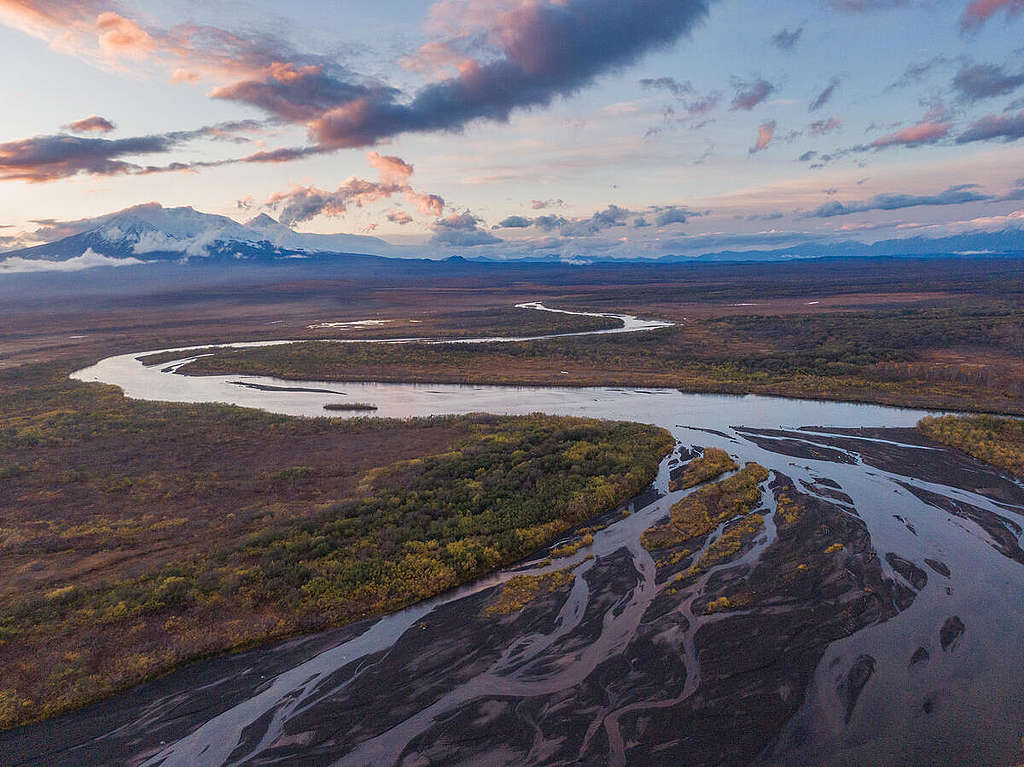
© Matvey Paramoshin / Greenpeace
In mid-September, the seawater changed its colour and took on an unpleasant smell. People reported health effects. Dead sea animals washed ashore, leaving carcasses along many of the beaches.
Locals, especially surfers, were the first to post about the environmental disaster on social media. They said that after surfing they were experiencing sore throat, eye pain, and itching skin from being in contact with the water. Some of them reported nausea and vomiting. At Greenpeace Russia, we listened to their stories and formed a team to investigate.
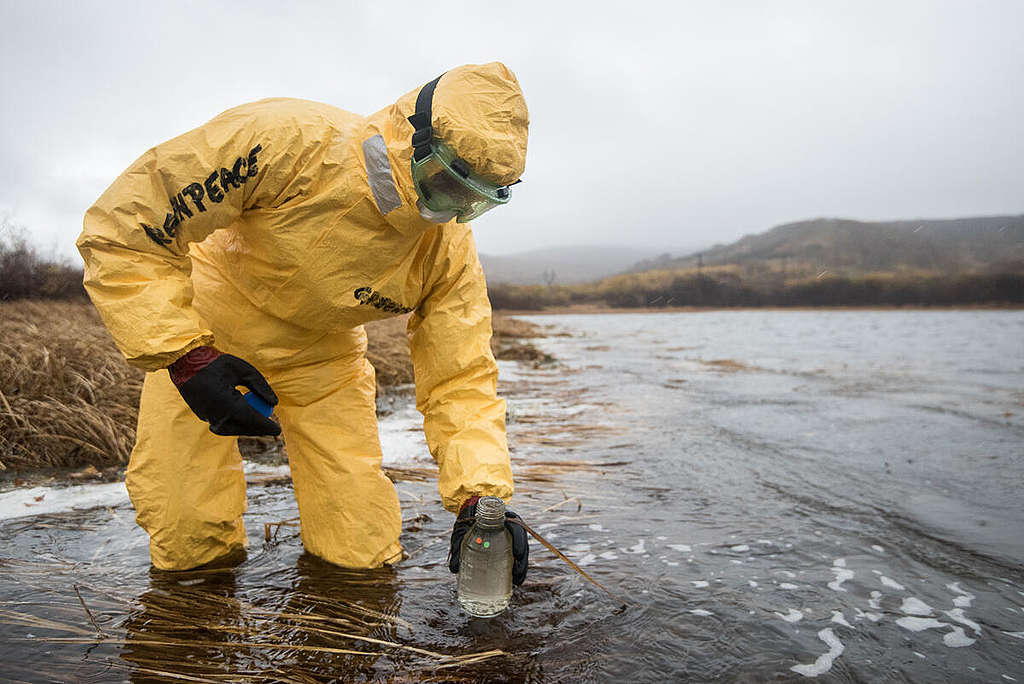
The unique nature of Kamchatka is under threat
According to local scientists, the event has killed 95% of marine life
on the surrounding seabed. The scale and cause of the disaster is still unknown, but we do know that a large part of the coastal area around the Volcanoes of Kamchatka UNESCO world heritage site has been impacted. Results of water analyses taken by the Russian authorities and Greenpeace Russia gave little clue as to the cause. The die-off could have been caused both by natural events or as a result of human activity.
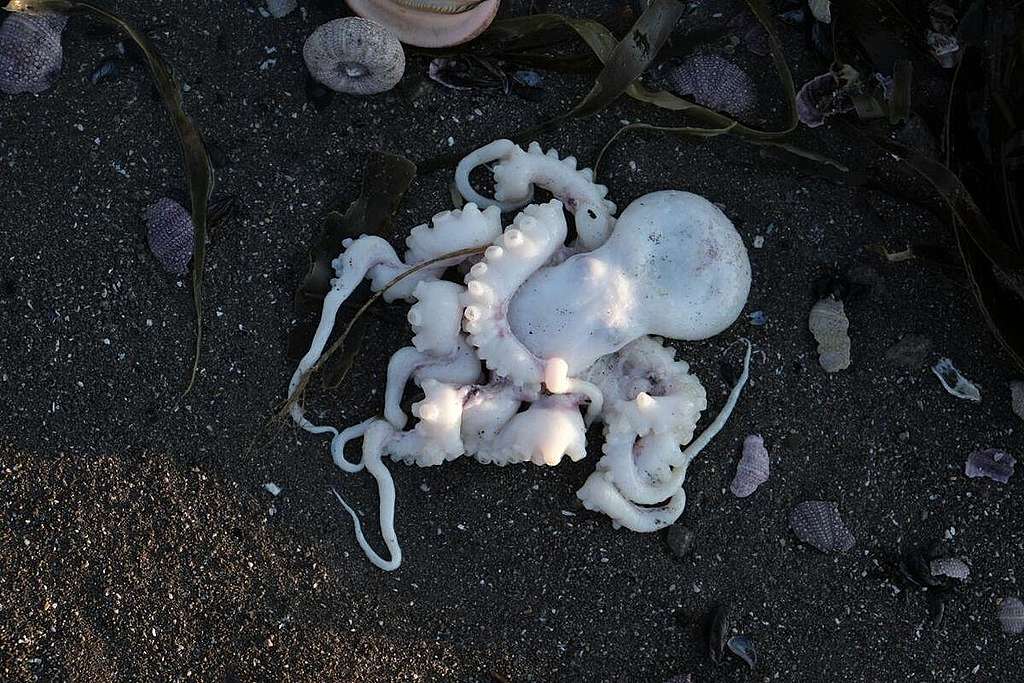
© RFE_RL
The Greenpeace Russia team arrived in Kamchatka on the 4th of October to bear witness to this environmental disaster. Researchers took samples of seawater, soil and dead animals found on the central city beach of Petropavlovsk-Kamchatsky and sent them to Moscow to be analysed. Campaigners are also exploring the southern part of the peninsula from a ship, together with scientists and researchers from Kamchatka’s Kronotsky Nature Reserve. Divers on the ship are set to examine the ocean floor to the north and south of Kamchatka. An underwater drone with a high-definition camera has been used. Underwater photography and sample collection here may help to reveal the extent of this ecological disaster in the Pacific Ocean and perhaps give some clues as to what caused it.
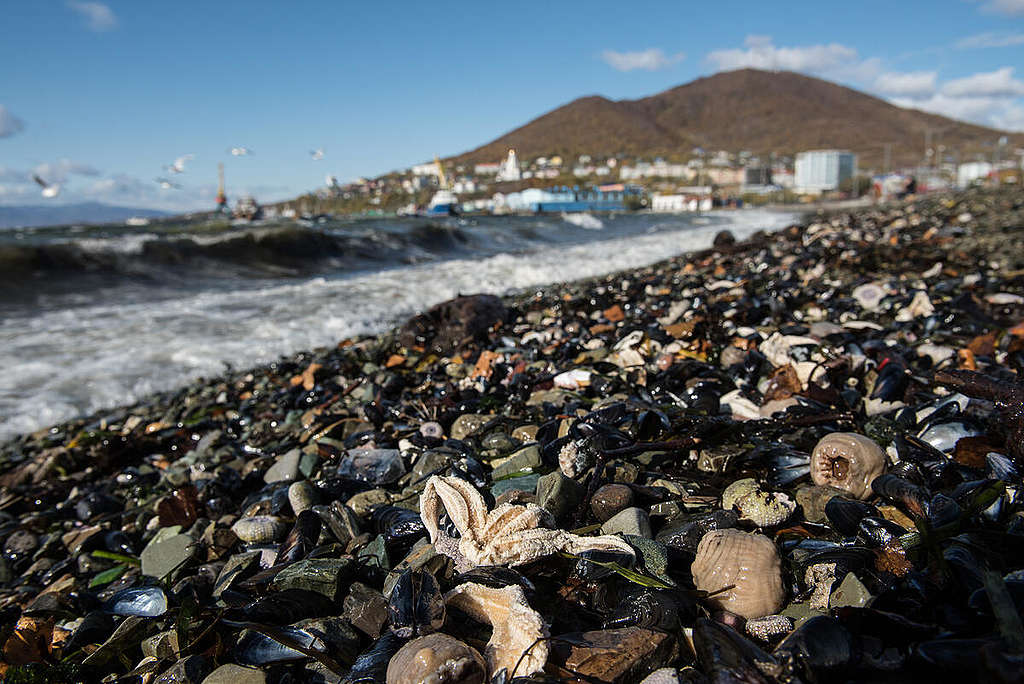
© Dmitry Sharomov / Greenpeace
Investigation and transparency now
Given the fact that the cause of this die-off has not, as yet, been established, Greenpeace Russia is demanding an independent, transparent investigation into the cause and the scale of this highly damaging event. Meanwhile, Greenpeace Russia teams in Kamchatka, Moscow and St.Petersburg are consulting a range of experts to try to understand what might have happened. Initial analysis of satellite images from September indicate that the soil around the rivers that flow into the ocean may have become eroded. But, as long as the cause remains unknown, many hypotheses remain on the table. These range from natural causes such as toxic phytoplankton growth, seismic or volcanic activity, to human activities such as toxic waste dumping, a fuel spill or tanker accident, or military activity. But so far the search for the cause must continue.
Russia needs a green and just transition
Investigating the ecological disaster in Kamchatka has shown that the region has a huge number of unresolved environmental problems. Landfills with hazardous waste, disposal sites, burial sites. If not immediately, then in the future these may cause new problems. Dangerous landfills in Kamchatka and whole Russia should be mapped, checked and reclaimed.
Whatever the cause of the Kamchatka disaster, one thing for sure is that, to protect people and nature from environmental disasters, Russia needs to shift away from an economic model based on extraction and exploitation. Pollution impacts are spiralling out of control. Earlier this year, in the Russian Arctic, we saw one of the worst environmental disasters in the country’s history. A plant operated by Nornickel — whose factories in the area have made the city of Norilsk one of the most heavily polluted places on Earth
— spewed thousands of tonnes of oil into land and water in Taimyr, Siberia, turning the Ambarnaya River red. As with so many environmental and human wrongs, the damage landed heaviest on Indigenous and ethnic minority groups.
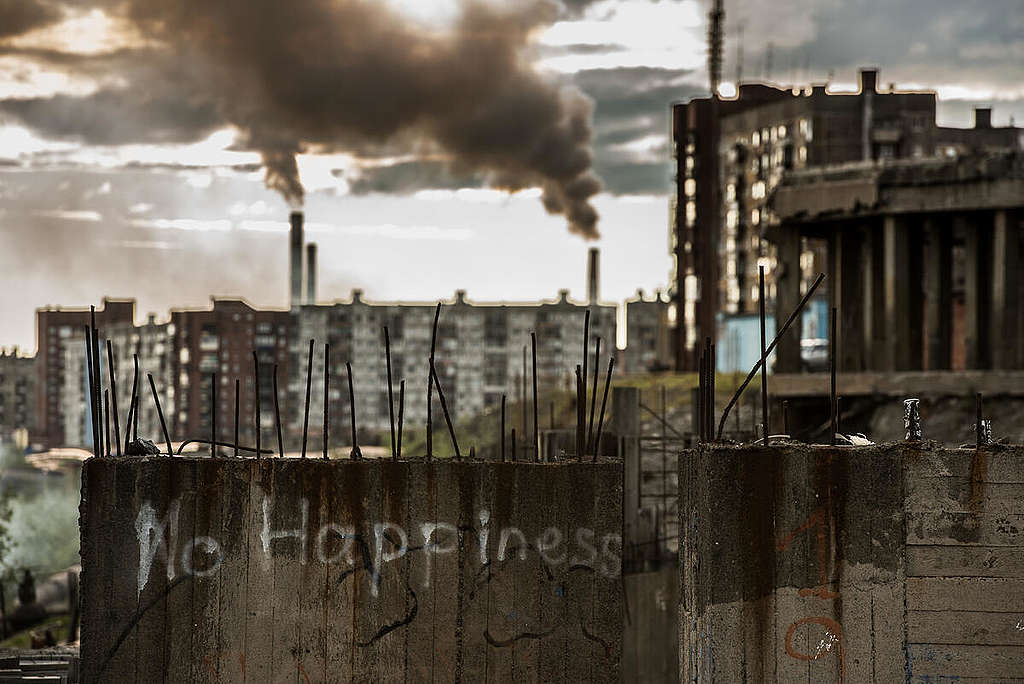
© Greenpeace / Dmitry Sharomov
Even if Kamchatka was a natural event, ecological disasters like those that have happened in Norilsk and elsewhere in the Russian Arctic underline the need for green and just transition. Russia needs to move away from polluting industries that are wrecking lives and costing the Earth, and towards renewable energy and jobs that sustain households and workers and protect the environment. This must be reflected in government policies.
Greenpeace Russia is urging the government to support people on the frontlines of environmental crises, to tighten environmental policy to prevent future disasters, and to adopt a long-term program for green transformation of the economy. A shift towards a green economy would not only reduce environment and climate impacts but also help to address the ongoing social, health and economic crisis. We need a Green Recovery Plan for Russia and we need it now.
Elena Sakirko is a campaigner with Greenpeace Russia and part of the Kamchatka response team.

No comments:
Post a Comment
Note: Only a member of this blog may post a comment.